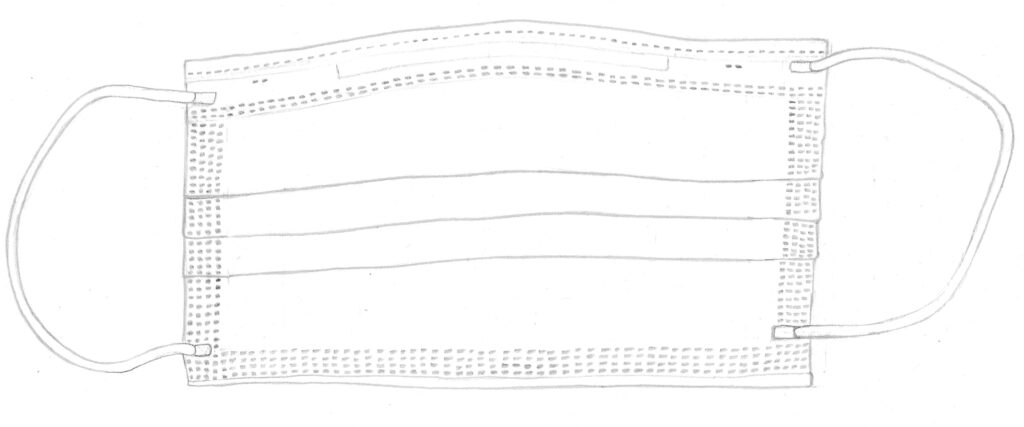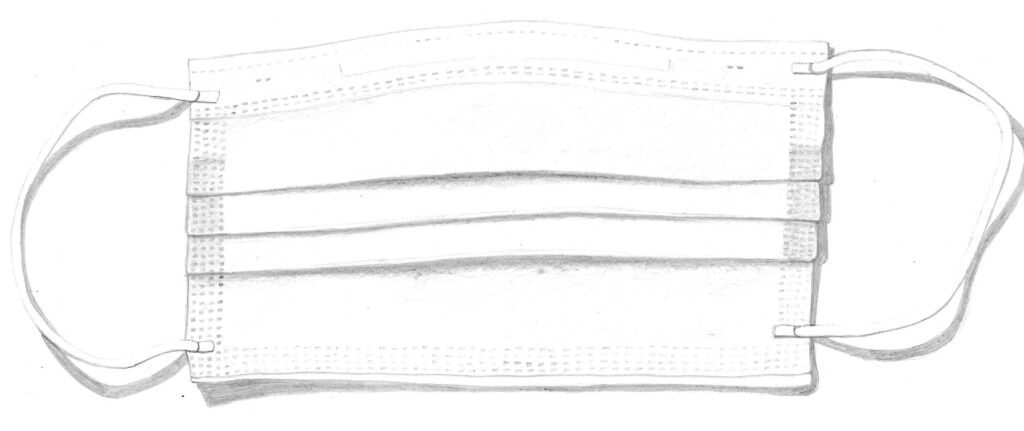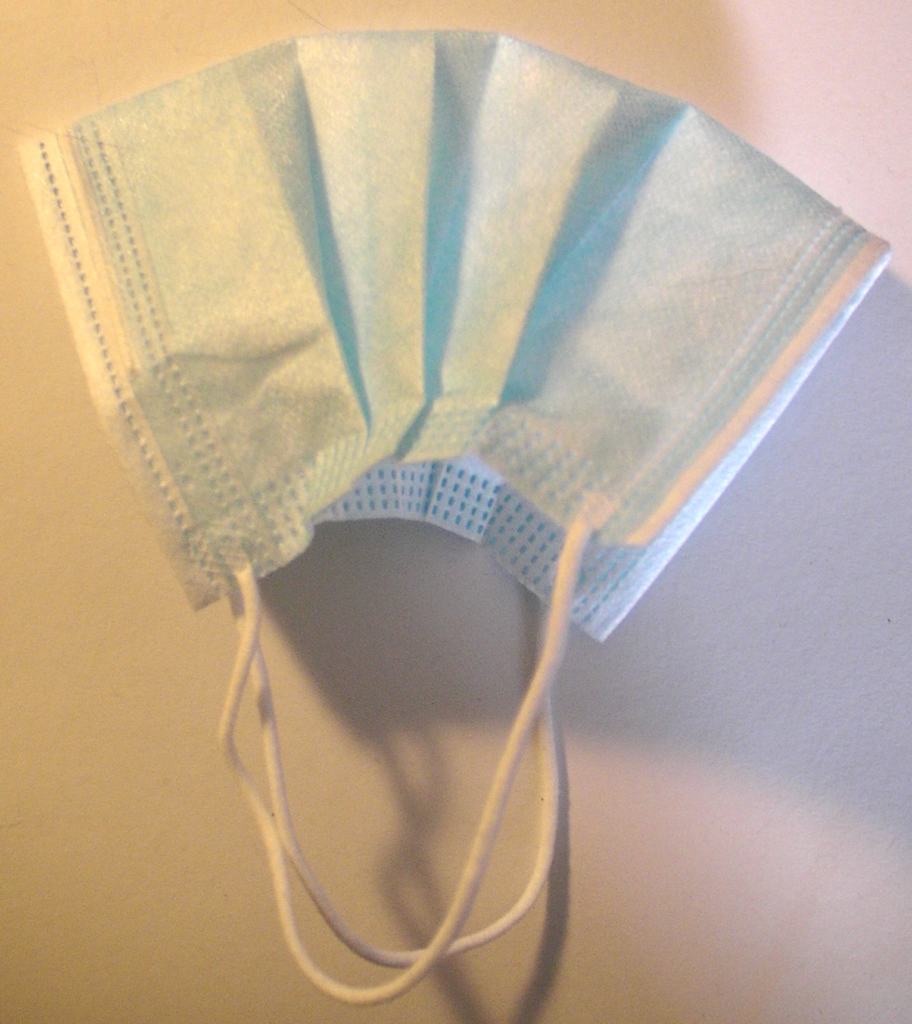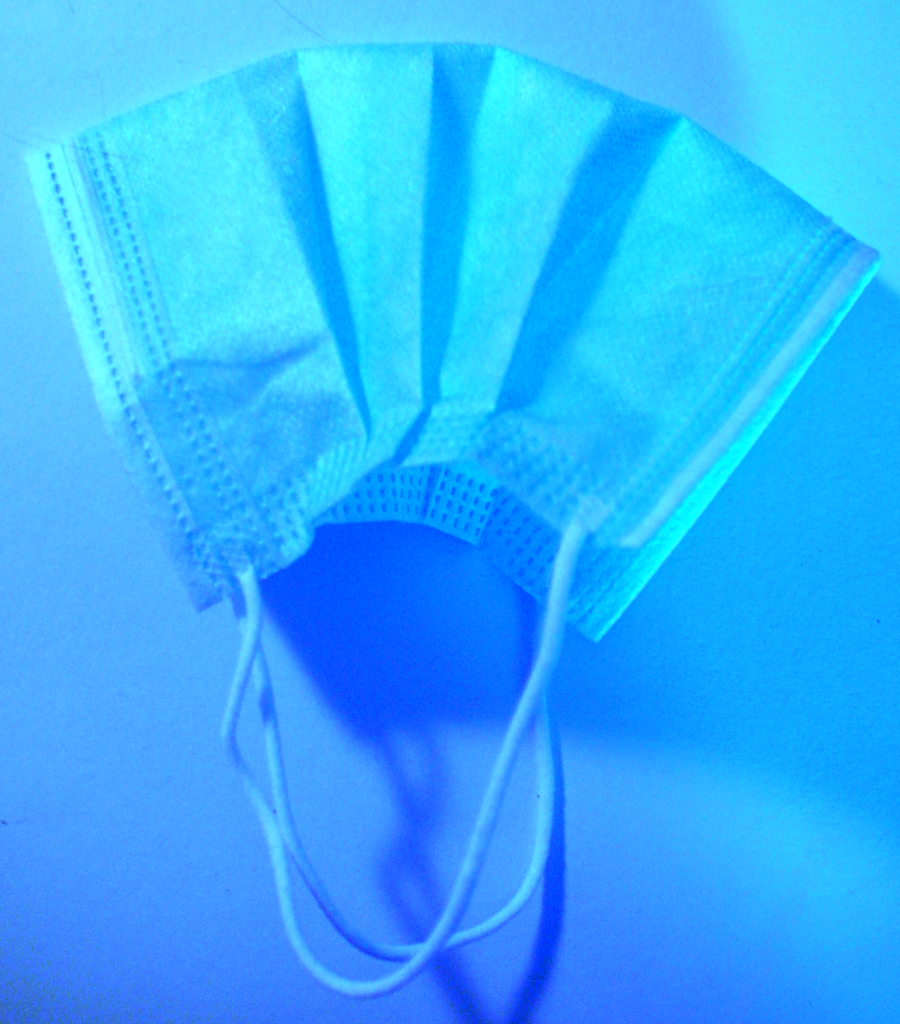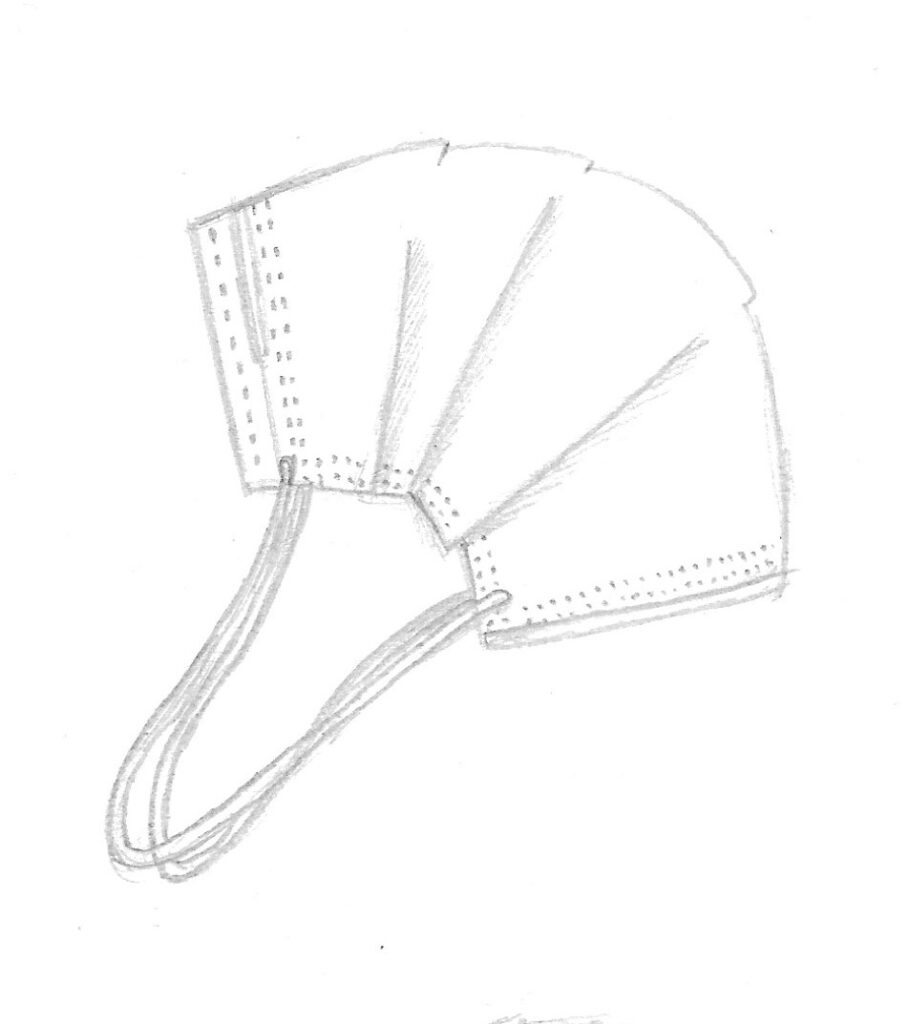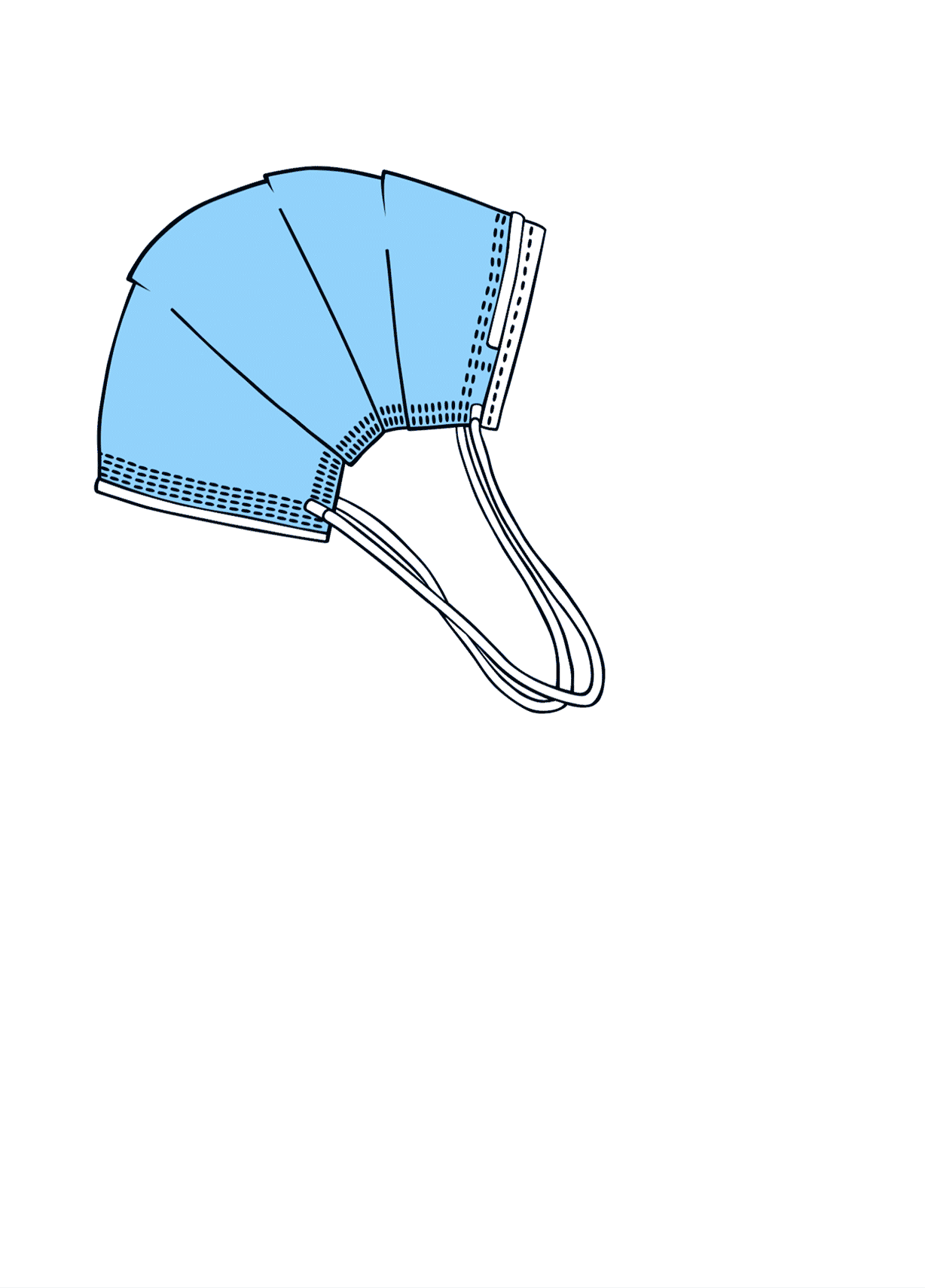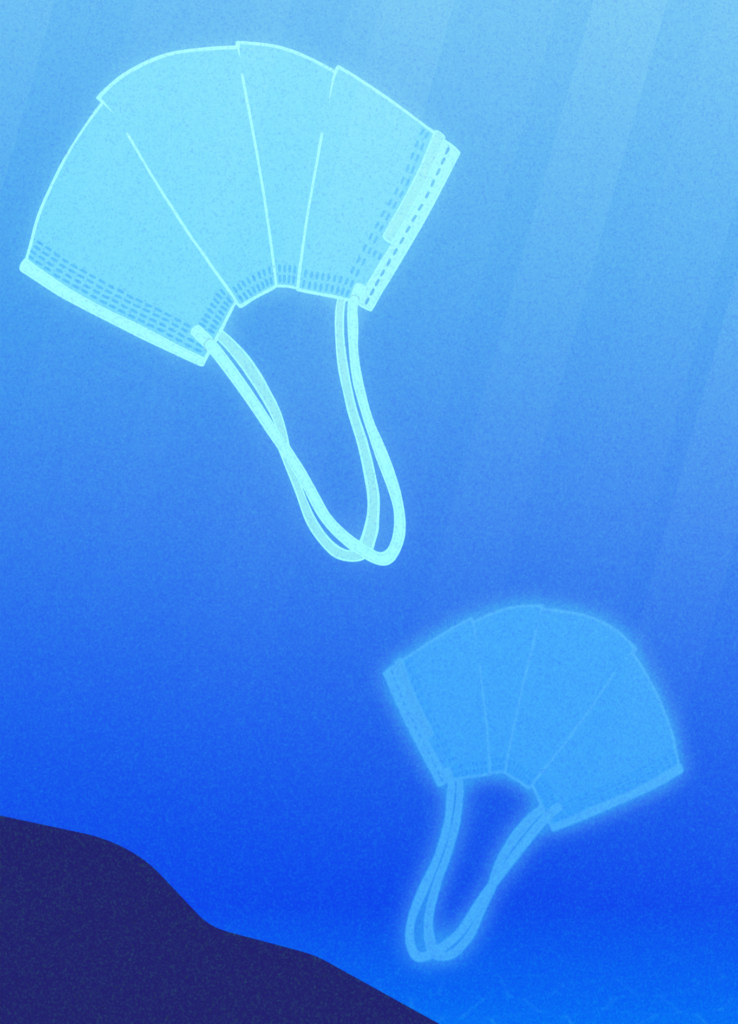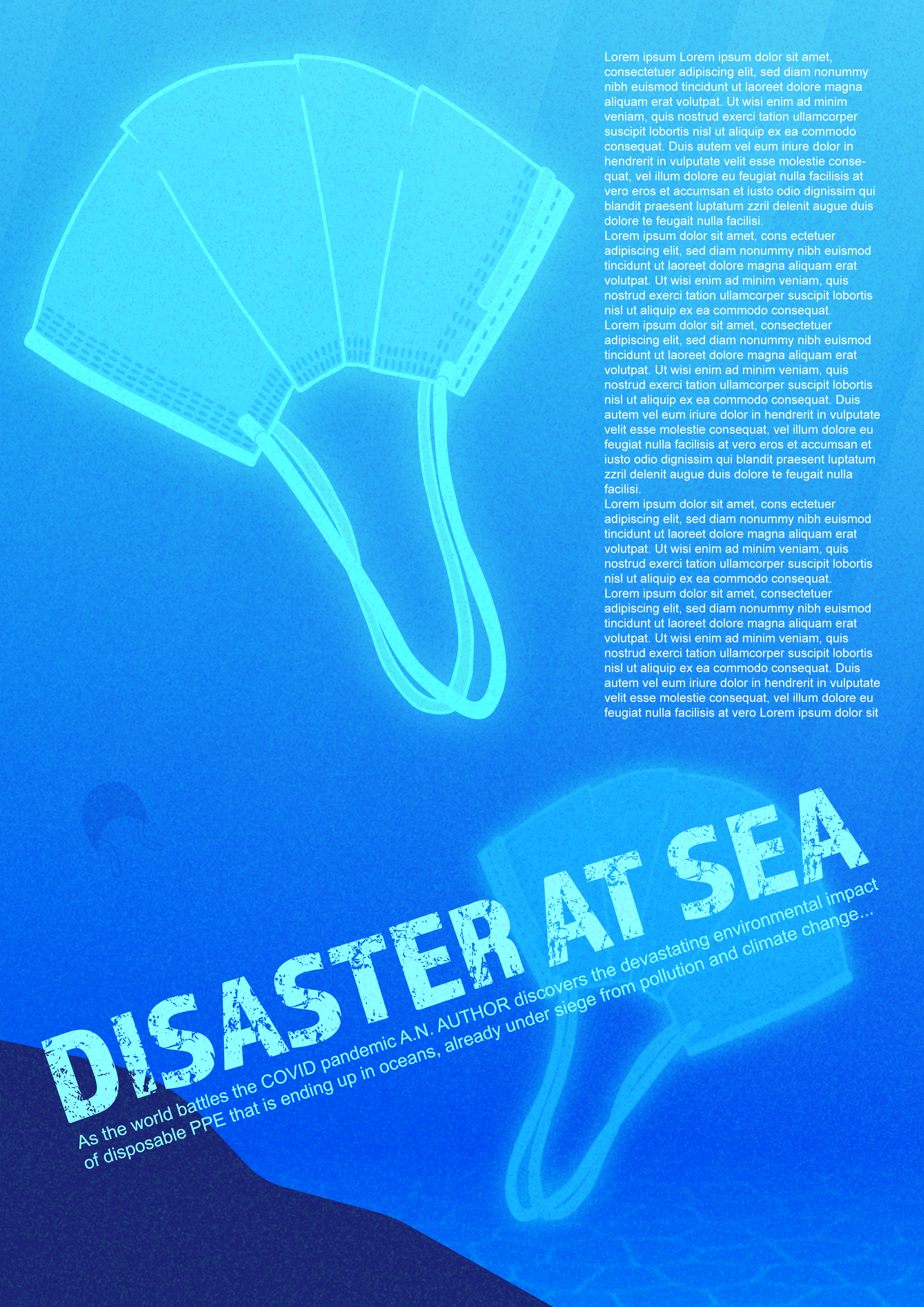This assignment should give you the opportunity to show off your developing style and use of tools and materials. If you decided to work digitally save the early stages of your image and print out key points of your experimentation.
Often illustrators working editorially for newspapers and magazines will be given a very loose brief such as this one. The conversation with the art director would normally reveal more about the complexion of the written article, as would your own knowledge of the context in which the illustration would be seen. For many illustrators working with such an open brief is the best way to operate. In this instance, your interpretation of the theme is a flexible one.
Brief
A magazine wants an illustration on one of the following topics:
- Lost
- Disaster
- Discovery
- Guilty secret
They want an illustration based on a still life. You have the freedom to select the items for the still life and are given creative free rein. The rest of the content, the method you use to produce it and the colours you use are all for you to decide.
What to do
Working at a maximum A3 size, produce a well-observed, objective drawing of your set up. Consider the materials to use and do thumbnail alternative compositions to explore variations and formats. Allow yourself to distort your drawing to convey the essence of the word. Each decision you make – choice of subject, arrangement of subject, placing of subject in the frame, choice of media – should contribute to the overall description the theme you have chosen.
Either trace, scan or photocopy this drawing and then do a tonal version of it. You may choose to totally eliminate the line from the drawing or to build tone around it.
At this stage you may wish to introduce a character or be more specific about a location to suggest a narrative. Alternatively you may continue to work with an modify your original still life.
Create a line visual that should communicate clearly the final artwork. Take this visual through to final artwork.
Research
I began this assignment by looking at articles about and examples of editorial illustrations (as listed in References). I selected a few artists whose work appealed to me:
I found that that I could understand the concept behind most of the illustrations without reading the associated article (particularly if the the title of the article was included in the example). Many of the illustrations are highly stylised, uncomplicated and bold designs. It appeared quite common to use a limited, but bright colour palette. I decided it was crucial that the illustrations were very clear in communicating their intended message (even if it took a moment or two of deeper consideration) and this seems to take priority over realism. I particularly like the use of humour and sense of ‘getting it’ with this genre.
Chosen Word: Disaster
I selected ‘disaster’ as the topic for my illustration and decided to focus on the environmental disaster caused by disposable face masks being used in response to the Covid-19 pandemic.
When I see disposable face masks that have just been carelessly tossed on the pavement, it makes my blood boil. Aside from the risk of passing on infections, there is already an incomprehensible environmental emergency in occurrence and adding to this unnecessarily is mind-boggling to me – billions of these masks are being used!
These face masks (along with plastic gloves) pose a serious threat to wildlife (both on land and in water), for example with birds being tangled up in the ear loops, turtles mistaking the masks for jellyfish and ingesting them (resulting in an excruciating death), along with the face masks being made of plastics that takes at least 450 years to break down (into microplastics and eventually nanoplastics which in turn could end up in the human food chain). Even when disposable masks are put into bins they end up in landfill or are burnt (releasing toxic gases).
There are many articles online about this topic (some of which are listed in References below), which I thought would be a good resource in terms of having an idea of what this fictional article would be similar to in terms of content.
Thoughts So Far
Unfortunately, I was unable to commit the amount of time that I would like to have done to this assignment. Rather than allowing this to become a negative and cause me stress, I decided to image that this was a realistic brief for editorial illustration, which I discovered often have very short time frames from idea to completion (sometimes just one day!). I therefore utilised this assignment as an experiment, which could have either gone very well or not so well…
I was also a bit unsure about using still life for the illustration as not many of the examples I had found seemed to be based on a still life set-up. However, I had noticed in the brief the sentence, ‘Allow yourself to distort your drawing to convey the essence of the word…’, which I felt gave me greater scope to bend the rules slightly. I decided to draw a still life of a disposable face mask and then would base my final illustration on a distorted version of this, incorporated into a composition.
Line drawing
I began by drawing a line study of a disposable face mask. I found this exercise beneficial as it forced me to really look at the object in front of me and study it in detail, for example, normally I would not have noticed the number and positioning of all the tiny holes around the edge of the mask. I was quite pleased to discover that when I placed the real mask over the top of the drawing, it was more or less all in proportion.
Tonal Drawing
I then scanned the line drawing onto my computer, printed this out and worked back into it with tone, which I felt resulted in a much improved version.
Idea
My dilemma was how to take this drawing and turn it into a worthy illustration for a magazine. I came up with a few initial concepts, but most of them were not really worth pursuing. I decided to go with using the masks as jellyfish in the sea, which is based on one of the articles I had read. I found it very helpful having some text to base the image on, rather than trying to imagine what the article would say.
I found that with a few adjustments, it was very easy to see why the comparison to a jellyfish was apt.
Sketches
Based on both the actual mask and my initial observational drawings (proving their worth) and jellyfish images (found via several Google Image searches), I made another sketch of a mask, this time trying to resemble a jellyfish. I was trying to replicate the looseness of a jellyfish as it ‘drifts’ in the ocean.
I then made a ink version of the mask, so that I would be able to scan and use it in Illustrator.
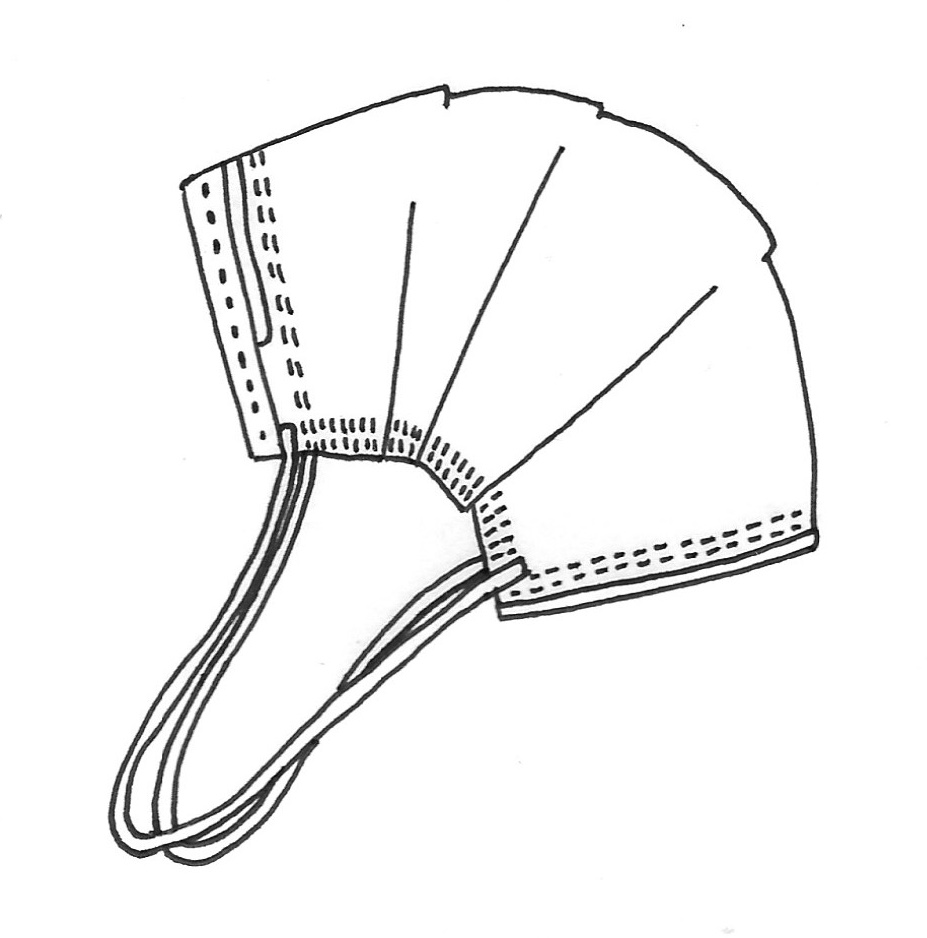
Creating the Illustration
I scanned the mask into Illustrator and used the Image Trace tool. I added colour and tidied up the outline. I have been trying to avoid making outlines look too perfect and keep the hand-drawn appearance.
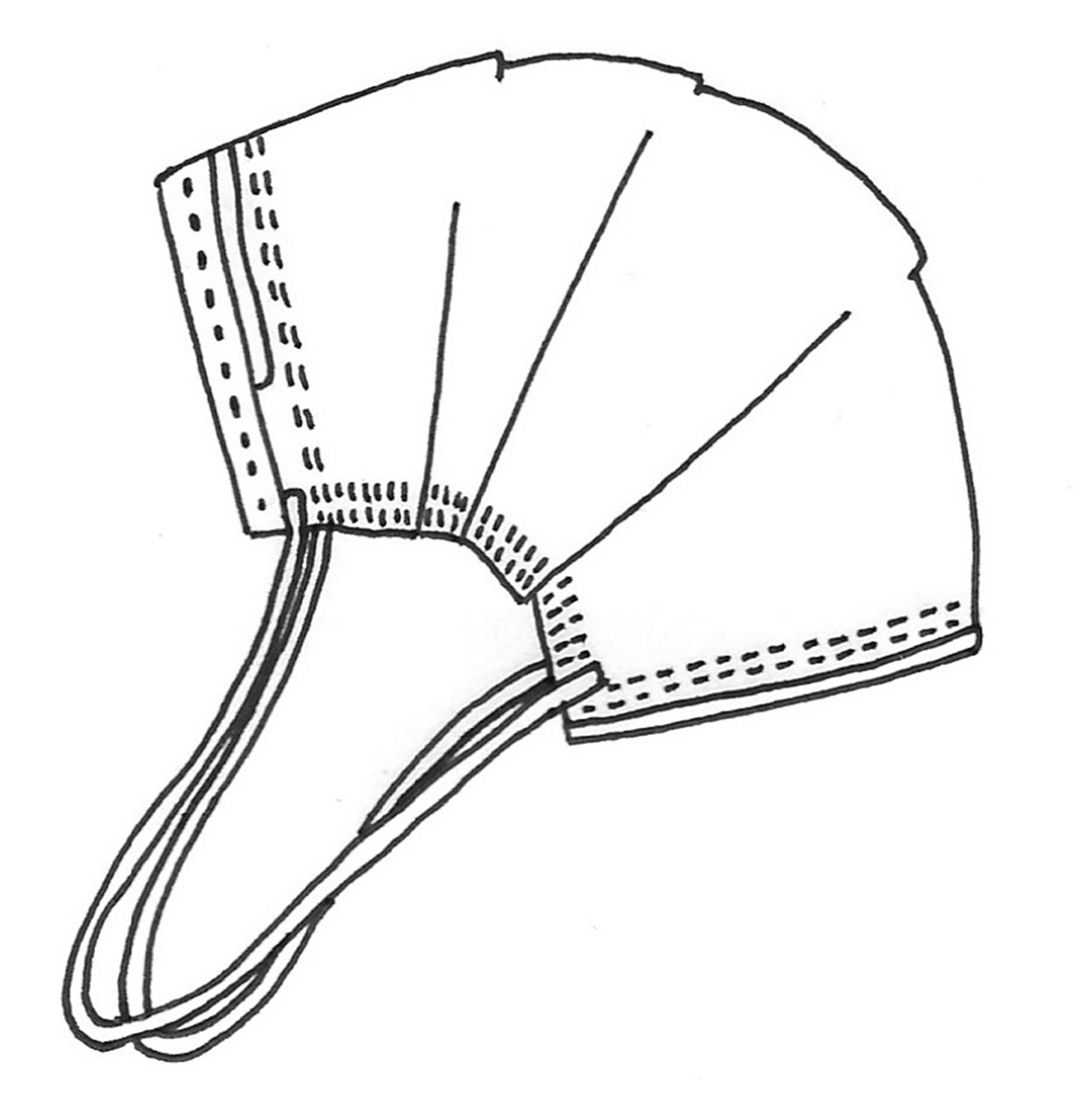
Although I should have drawn out various ideas and thumbnails, due to time constraints, I already had a clear idea of what composition I wanted to create and would improve this as I progressed. It was much harder than I had imagined to create a realistic underwater atmosphere and had to refer to various photographs (via Google Image searches).
Final Illustration
The final illustration for the magazine article can be seen below. I felt I had successfully replicated the original idea (‘more masks than jellyfish…’) I had for this assignment and I thought the illustration communicated the concept quite well (especially if placed in context with the text).
In hindsight, there were definitely improvements that could have be made to the illustration, including:
- the mask in the background should not just be a replicate of the other, it should have had different positioning of the strings and/or be more compressed (to resemble a jellyfish propelling itself along).
- the overlying texture required more finesse and, perhaps, not be so intense as it is more or less hiding the effect on the ocean ‘floor’.
- it would have been beneficial to have spent time exploring different options for the final composition, for example, adding another mask or other features (although many of the reference photos I found of jellyfish had sparse surroundings).
Final Thoughts
As previously stated (multiple times), I did not have much time to complete this assignment and decided to use this as an opportunity to create an illustration based on a brief within a time constraint. I felt the result was quite successful.
I am not sure if I met the requirements of the brief as it clearly stated the illustration was meant to be a still life and I went off at a tangent, although it was based on initial observational drawings that provided a foundation to work from. The brief also stated a line visual was required, along with composition ideas, neither of which I provided, so I probably would not have got the commission.
Whether or not I fulfilled the brief, I learnt a great deal from this assignment about working under pressure, visualising an idea and making this a reality. I also felt I had made progress in terms of the quality of my work.
Reflection on Tutor Feedback
I returned to this exercise and decided to attempt overlaying text on the artwork, as suggested by my tutor. It was quite challenging to find a suitable position for the title and body text, but decided on the composition below. I also added another mask to imply greater depth in the illustration. I would like to have also redone one of the main masks so they are not identical, but unfortunately time constraints did not allow this.
References
Aaron Miller Illustration, (n.d.). Aaron Miller Illustration. [online] Available at: https://aaronmillerillustration.com [Accessed 09 January 2020].
Akimova, E. (2020). What Is Editorial Illustration? (& How to Get Into It). [online] envatotuts+. Available at: https://design.tutsplus.com/tutorials/what-is-editorial-illustration-how-to-get-into-it–cms-35776 [Accessed 09 January 2020].
Anna Goodson Illustration Agency, (n.d.). Editorial Illustrators. [online] Available at: https://www.agoodson.com/styles/editorial-illustrators/ [Accessed 09 January 2020].
Anna Goodson Illustration Agency, (n.d.). Kotynski. [online] Available at: https://www.agoodson.com/illustrator/kotynski/ [Accessed 09 January 2020].
Anna Goodson Illustration Agency, (n.d.). Sebastien Thibault. [online] Available at: https://www.agoodson.com/illustrator/sebastien-thibault/ [Accessed 09 January 2020].
Anna Goodson Illustration Agency, (n.d.). Terry Wong. [online] Available at: https://www.agoodson.com/illustrator/terry-wong/ [Accessed 09 January 2020].
Association of Illustrators, (2018). Commissioning Great Editorial Illustration. [online] Available at: https://theaoi.com/2018/09/19/commissioning-great-editorial-illustration/ [Accessed 09 January 2020].
Bowyer, C., Fletcher, S., Kolstoe, S. and Roberts, K.P. (2020). Coronavirus face masks: an environmental disaster that might last generation. [online] The Conversation. Available at: https://theconversation.com/coronavirus-face-masks-an-environmental-disaster-that-might-last-generations-144328 [Accessed 10 January 2020].
Hale, T. (2020). Face Masks And Latex Gloves Have Become A New Environmental Problem. [online] IFL Science. Available at: https://www.iflscience.com/environment/face-masks-and-latex-gloves-have-become-a-new-environmental-problem/ [Accessed 10 January 2020].
Hora, J. (2011). Creating a Fun Editorial Illustration. [online] envatotuts+. Available at: https://design.tutsplus.com/tutorials/creating-a-fun-editorial-illustration–vector-4976 [Accessed 09 January 2020].
Kassam, A. (2020). ‘More masks than jellyfish’: coronavirus waste ends up in ocean. [online] The Guardian. Available at: https://www.theguardian.com/environment/2020/jun/08/more-masks-than-jellyfish-coronavirus-waste-ends-up-in-ocean [Accessed 10 January 2020].
Maine, S. (2014). 5 top examples of editorial illustrations. [online] Creative Bloq. Available at: https://www.creativebloq.com/computer-arts/5-top-examples-editorial-illustrations-81412592 [Accessed 09 January 2020].
Mark Smith, (n.d.). Mark Smith Illustration. [online] Available at: https://www.marksmithillustration.com [Accessed 09 January 2020].
Modern Thrive, (2016). 25 Editorial Illustrators We Love. [online] Available at: https://medium.com/@modernthrive/25-editorial-illustrators-we-love-eeb7eb1368fc [Accessed 09 January 2020].
Plastic Waste Innovation Hub, (2020). The environmental dangers of employing single-use face masks as part of a COVID-19 exit strategy. [online] Plastic Waste Innovation Hub. Available at: https://www.plasticwastehub.org.uk/news/the-environmental-dangers-of-employing-single-use-face-masks-as-part-of-a-covid-19-exit-strategy [Accessed 10 January 2020].
Sebastien Thibault Illustration, (n.d.). Sebastien Thibault Illustration. [online] Available at: https://www.sebastienthibault.com [Accessed 09 January 2020].
Sua Balac Illustration, (n.d.). Sua Balac Illustration. [online] Available at: https://suabalac.com [Accessed 09 January 2020].
Sugden, M. (2020). Issue of the day: The toll of face masks on our oceans. [online] The Herald Scotland. Available at: https://www.heraldscotland.com/news/18974950.issue-day-toll-masks-oceans/ [Accessed 10 January 2020].
The Artworks Illustration Agency, (n.d.). Editorial illustration. [online] Available at: https://www.theartworksinc.com/editorial-illustration/ [Accessed 09 January 2020].
Toumas Kärkkäinen, (n.d.). Illustration & Graphic Design Toumas Kärkkäinen. [online] Available at: https://www.tuomaskarkkainen.com [Accessed 09 January 2020].
Whitehead, J. (2020). Disposable face masks are damaging the environment. It’s time to kiss them goodbye, once and for all. [online] The Independent. Available at: https://www.independent.co.uk/life-style/face-masks-coronavirus-environment-climate-change-b1721922.html [Accessed 10 January 2020].
WWF, (n.d.). Nature and Pandemics. [online] Available at: https://www.wwf.org.uk/nature-and-pandemics [Accessed 10 January 2020].
